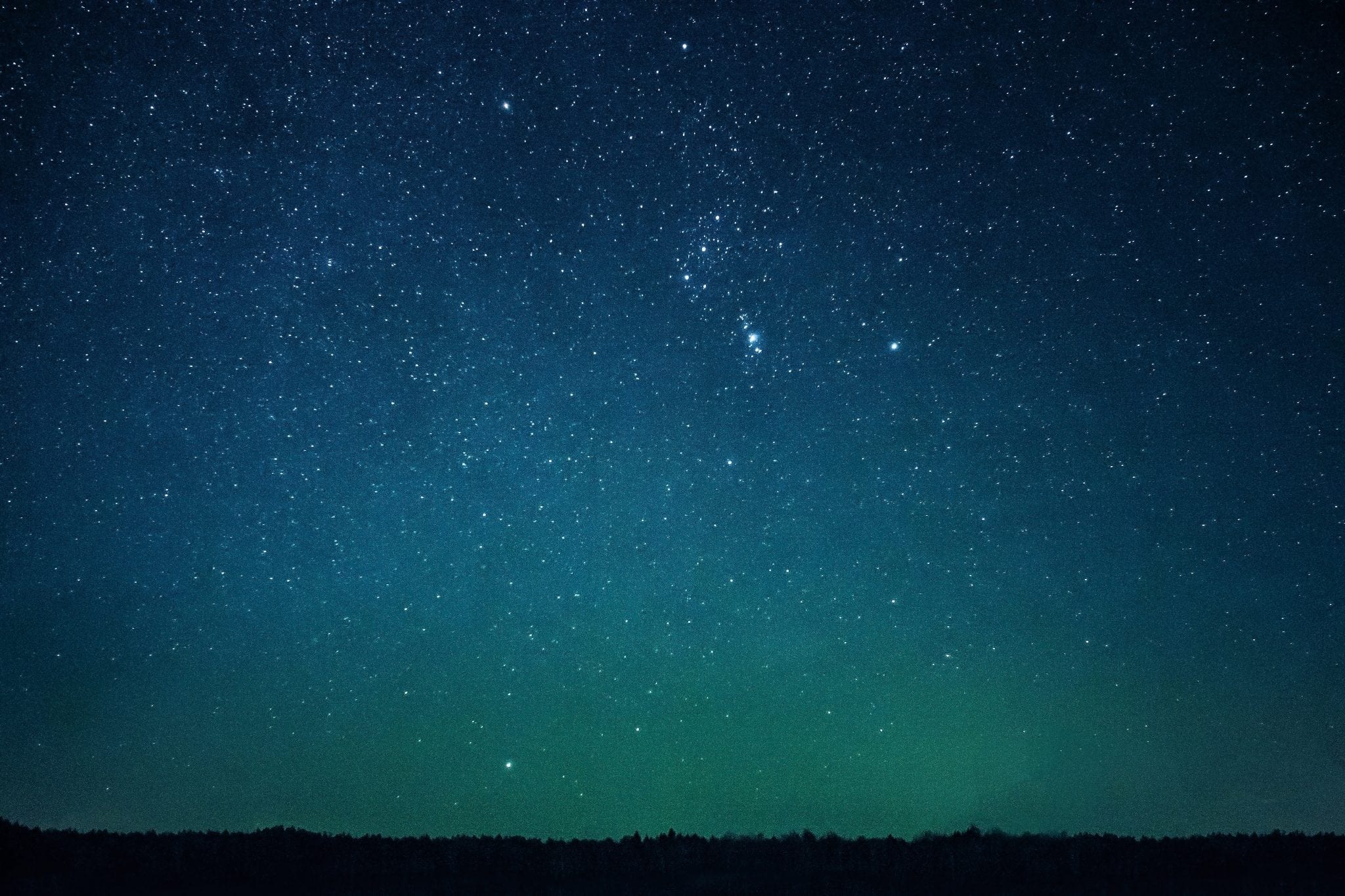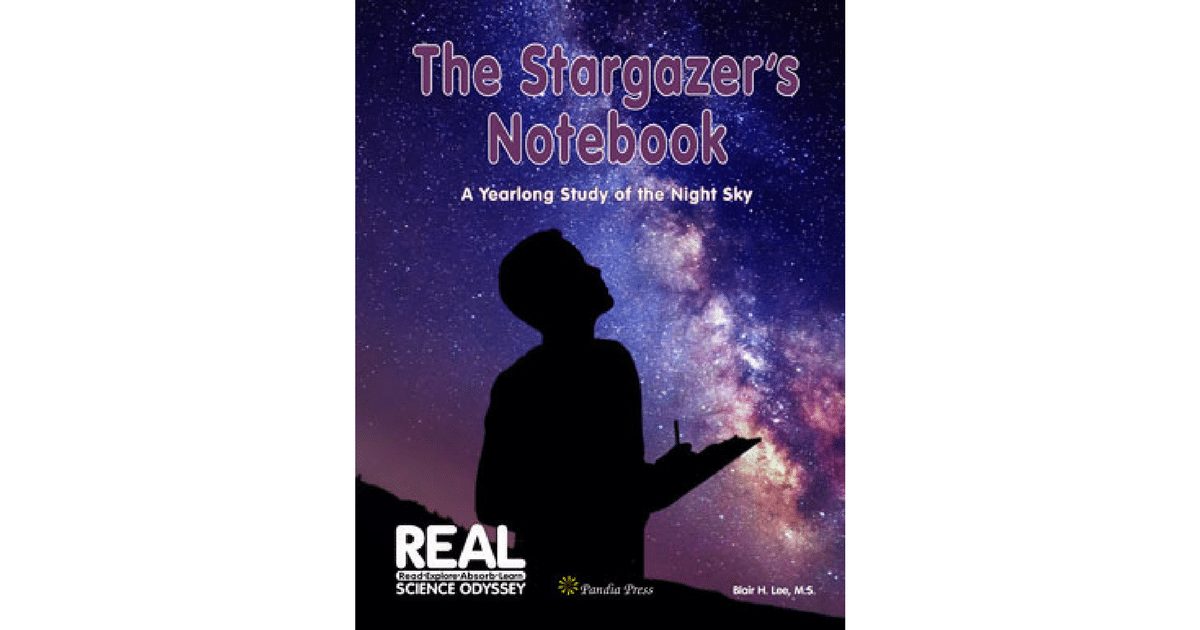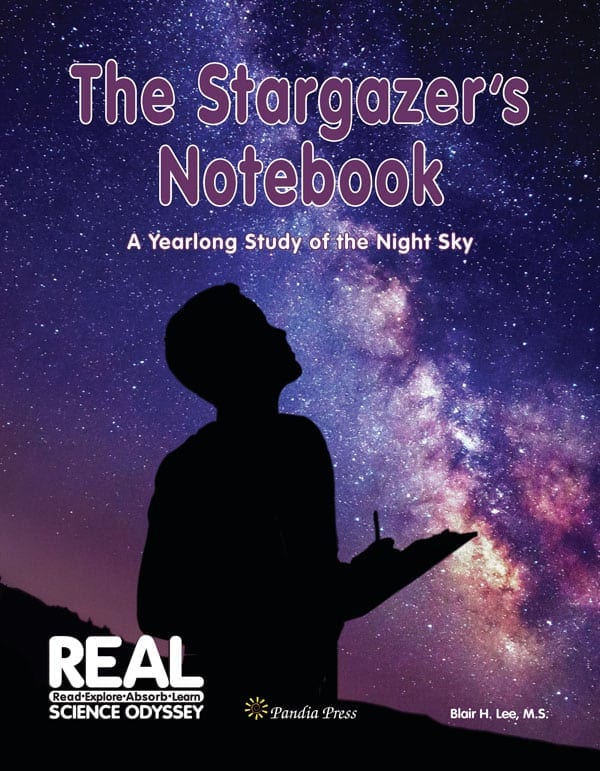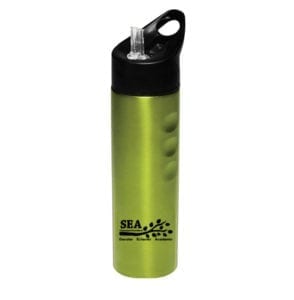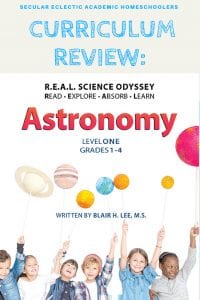
Like many of you, I’ve been preparing for fall and the start of a new homeschooling year. Our personal pedagogy relies on my kids’ identifying their interests as the foundation of our projects, field trips, and goals. My job is to help provide a structure we can agree on and resources that will assist us in realizing our vision. Sometimes I start from scratch and create what we need; sometimes I supplement with pre-existing curriculum.
Over the summer, I have been working diligently on collecting and creating the basis for my daughter ’s interest in constellations and mythology. Then she came home from Camp Quest West, enthusiastic about adding a project on paleontology and prehistoric life, which I was delighted to add to my planning. Recently, she clarified that she doesn’t just want constellations and mythology: she wants a whole overview of Astronomy.
Now, I like her passion for learning- especially the sciences- but I have two other kids to plan for, too, plus I’m publishing a book and two full curricula this year. This, it seemed, might be the one-more-thing that would send me to the edge. So, I was thrilled to find out that Pandia Press was publishing their Astronomy 1 just in time!
I’ve used Pandia Press curriculum several times and here’s what I like about all their offerings:
- They are easy to facilitate
- They are interesting when used as they are written
- They are also easily hacked and modified to fit the learner
So, if you are new to homeschooling and/or appreciate everything laid out for you, Pandia Press does that. If you have divergent or precocious learners, or if you enjoy having a guideline without feeling beholden to the curriculum, Pandia Press might also work for you. In any case, I recently received a copy of Astronomy 1 and have some thoughts on how it will work for us.
Overview of Astronomy 1
Overall, the science is solid in Astronomy 1. Author Blair Lee has done a great job in keeping terminology and concepts simple and accessible, with fun projects to illustrate ideas in a tangible, kinesthetic way. It’s exactly what it should be, an entertaining introduction to Astronomy. Many kids, especially those who like humor and tend to relate to characters in stories, will be drawn to the storyline of the dust bunnies, who narrate much of the space travel throughout the galaxy. That said, the language isn’t too childish to put off older kids- that would be a deal breaker for my daughter.
Astronomy 1 has much of what you would want and expect of an elementary-age secular hands-on science course. The suggested grade-level is 1st – 4th, with the target being 2nd. The course, if used according to the suggested schedule, covers 18 weeks with at least one lab activity per week.
Subjects include:
- light
- wavelengths
- The Big Bang
- light-years
- stars
- constellations
- the sun
- the planets
- space travel and technology
- asteroids
- comets
- deep space
I especially liked the inclusion of space travel and rocketry, because not only is it imperative to understand the role technology plays in obtaining information, but it’s such an exciting topic to cover!
Customizing for your own learners
While you can use this curriculum straight out of the box with satisfaction, that’s not who I am, so I’ve already begun to modify it. I’ve added a whole section of constellations and mythology from our original point of interest, where we will be creating our own illustrated book of star stories. The curriculum suggests grades 1-4, but my daughter is 9.5 and fairly advanced, so I am taking out or hacking some of the labs and adding more complex ones in their place. I’m also adapting it for use over the fall semester only. Finally, I am using many of the suggested books and movies, as well as adding my own. For those who might ask, I did not choose to use Pandia Press’ Astronomy 2 on purpose. It’s for older kids (middle to high school level), and while I’m sure I could have adjusted it to work for my daughter, it was more complex and a longer course of study than what I wanted.
Some of the resources I’ve added are:
- NASA’s Journey to the Stars
- Dot to Dot in the Sky: Stories of the Zodiac by Joan Marie Galat
- DK Night Sky Atlas
- The Constellations: Stars and Stories by Chris Sasaki
- Sun, Moon, and Stars by Mary Hoffman and Jane Ray
- Astronomy Lab for Kids by Michelle Nichols
- Astronomical Society of the Pacific: Hands-on Activities
- Pinterest for ideas on room decor and jewelry with an astronomy theme
- Self-designed rotating model of the solar system- I’ll be posting instructions soon.
- Self-designed constellation record books- I’ll be posting instructions soon.
Planning and scheduling
I’ve laid out each week in my homeschooling bullet journal with extra ideas if we have time, but not in my weekly spread. I don’t fill out our week until Sunday evening in case we have to shift things around or we decide to spontaneously change gears for the week. This curriculum is fairly easy to schedule in the way that works best for your style and your kids, whether it be twice a week or when you can fit it in.
I encourage you to look at it as a starting point, and then change or add to fit each child in how they learn best. Curriculum should always work for you, not the other way around. At a minimum, double the projects for kids who learn best by working with their hands, add more art and videos for visual learners, and add podcasts, audiobooks, and read alouds for keen auditory processors. Add some field trips and don’t cap the amount of time and energy you spend on the topics your kids are most interested in. It doesn’t need to be balanced, and you don’t have to “finish” in any particular time frame.
This is the way to make the most of any purchased curriculum without having to start from scratch.
If you are interested in Pandia Press Astronomy 1, you can find it here, with options to download a sample to try before you buy and see all necessary supplies.
If you have any questions about this review or any other topic, I can be reached at sam@samanthamatalonecook.com
You might also be interested in:
Vetting Secular Science Curriculum
Why Neutral Science Isn’t Neutral
Review of R.E.A.L. Science Odyssey Astronomy 2

